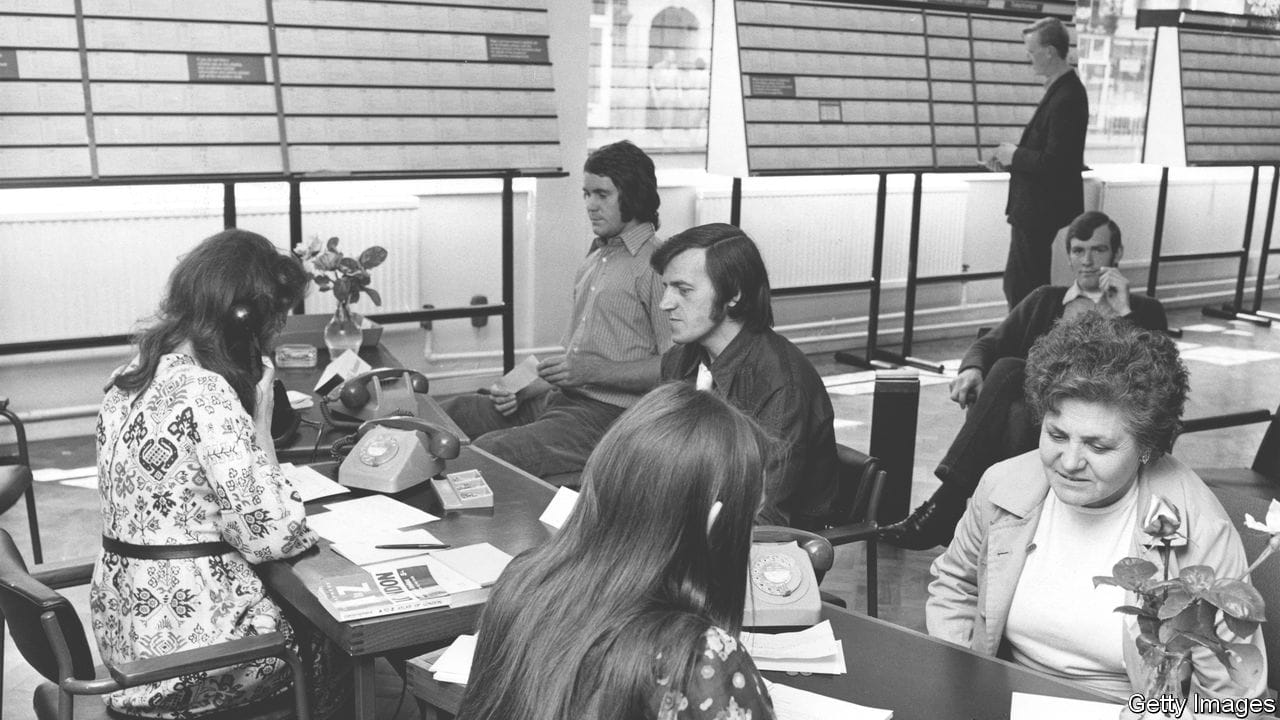What is stagflation, and might it make a comeback?
A combination of inflation and sluggish growth brings memories of the 1970s

INFLATION IS RUNNING at around 8% in both America and Europe, far above central-bank targets. Growth is starting to slow down, prompting fears of a recession. That has led to some, including the World Bank, to warn of an old foe: “stagflation”. The portmanteau, a combination of stagnation and inflation, was popularised in the 1970s by Paul Samuelson, a Nobel economics laureate. In America it brings memories of a time when inflation was high, the economy struggled through two recessions and unemployment remained elevated. What leads to stagflation, and to what extent are America and Europe at risk?
Economists usually think of a trade-off between inflation and unemployment. In recessions, as demand slumps, inflation tends to be low and unemployment high. In booms, the opposite applies. A period when both inflation and unemployment are high is therefore unusual—and undesirable, as both widespread joblessness and rising costs of living are painful. Policymakers strive to keep both down, but it is a delicate balance. Attempts to squash unemployment and boost the economy, for example through added public spending or very low interest rates, risks generating inflation.
This article appeared in the The Economist explains section of the print edition under the headline "What is stagflation, and might it make a comeback?"
More from The Economist explains

What are the obligations of Israel and Hamas to protect civilians?
International Humanitarian Law creates obligations—but contains numerous caveats

Why is so much of the internet’s infrastructure run by volunteers?
Malware smuggled into XZ Utils software highlights a bigger problem

The growing role of fighting robots on the ground in Ukraine
Drones already fill the skies. Now uncrewed vehicles are heading to the front lines